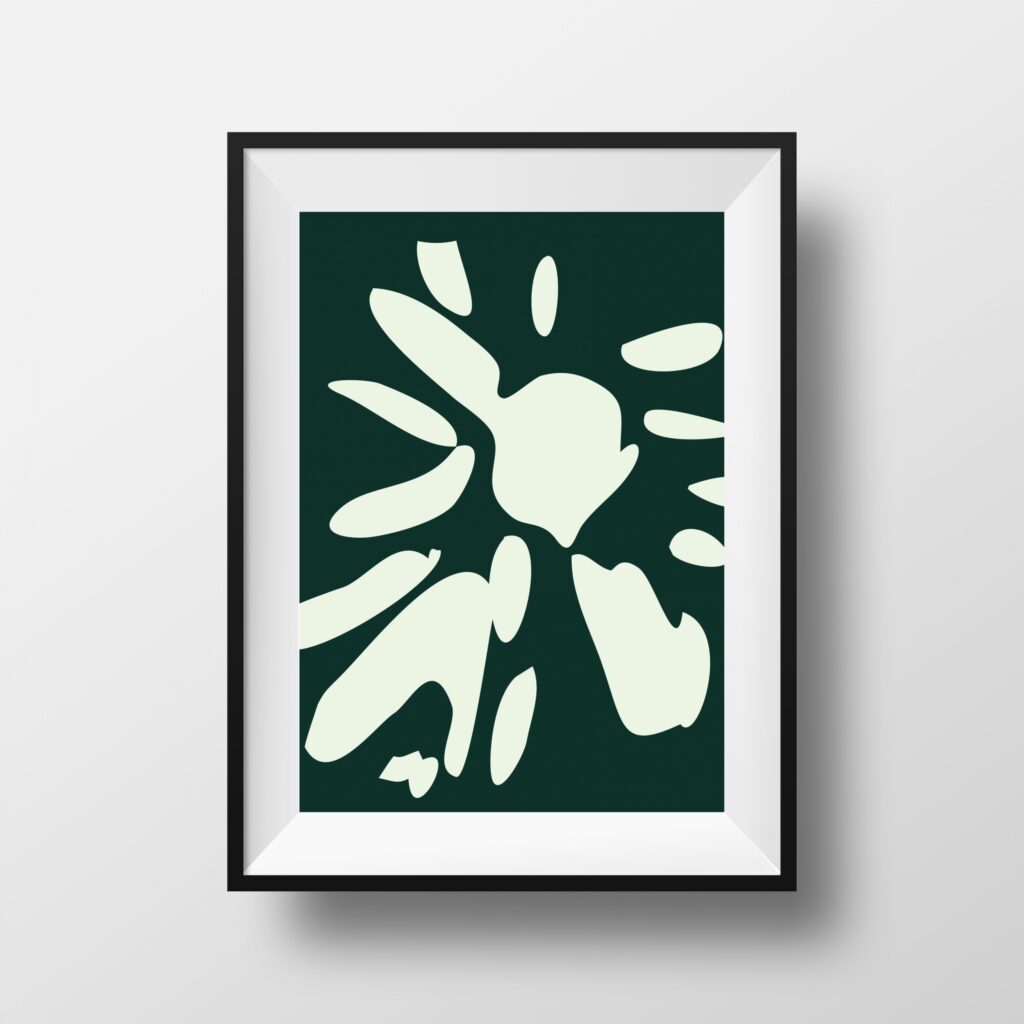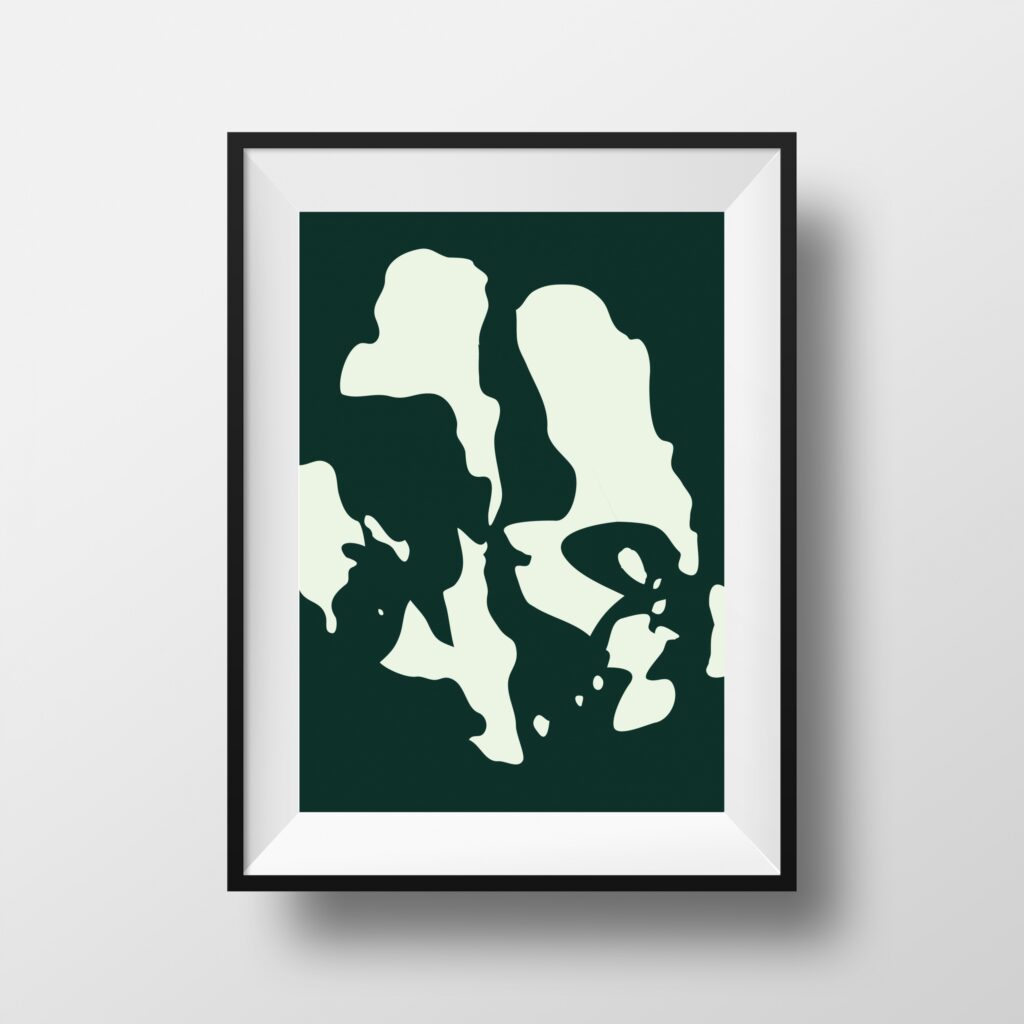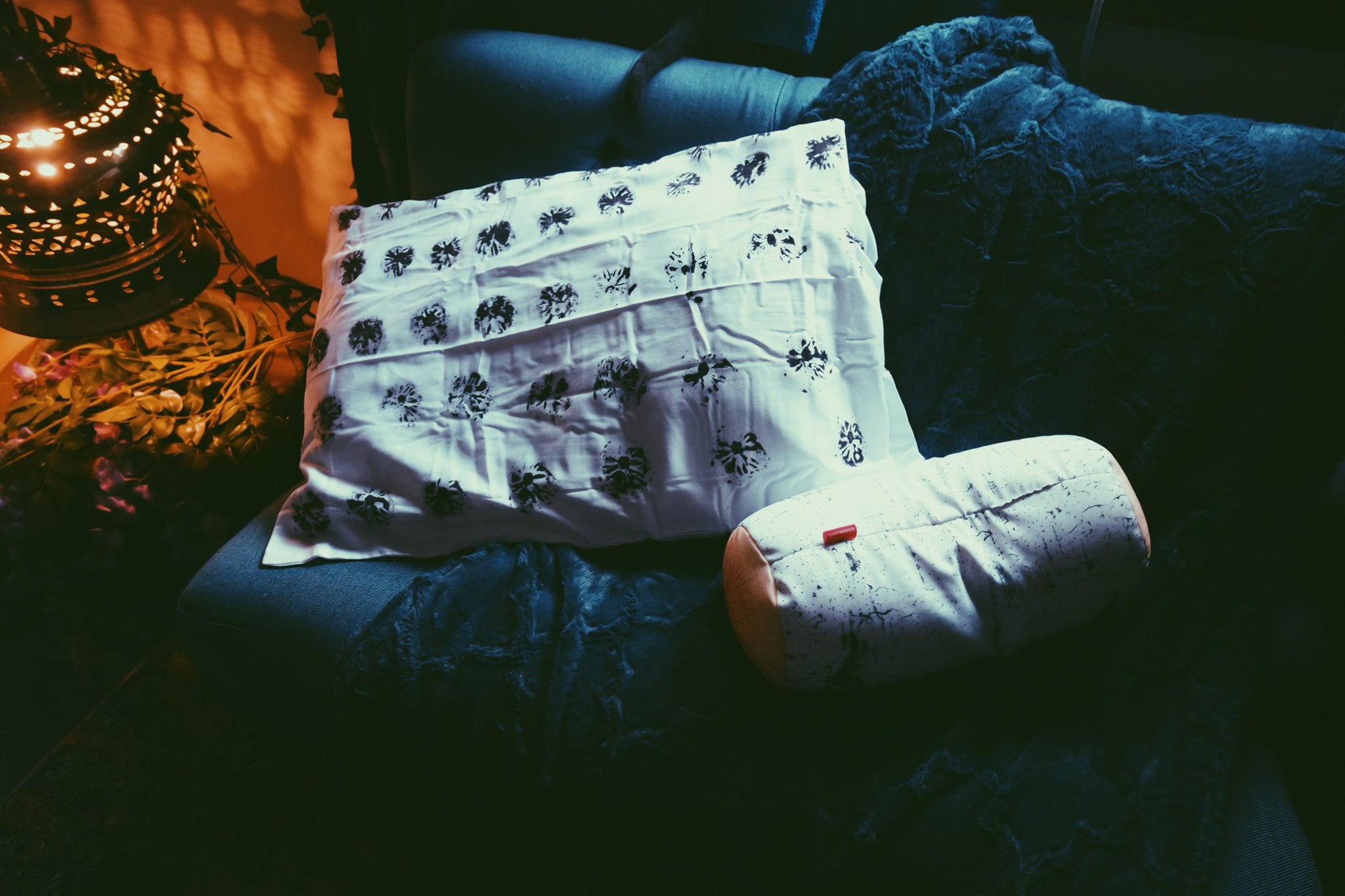In the Greenland project, vector abstraction emerged as a distillation process—an act of encoding the unseen. Using reductive forms—positive and negative space, simplified silhouettes—you translated the energetic signatures of the landscape into glyph-like maps. These images speak in pure contrast, in archetypal geometries, reducing dimensional experience into essential signals. While vector work often flattens complexity into binary logic, here it became a generative act: a seed-stage encoding of an emergent language. Like sound crystallizing into word or vibration giving rise to form, the vector phase symbolically captured what was once felt but not yet seen—a first glimpse of hidden structures beginning to take shape.




Vector Abstraction as Seed Encoding
The Greenland project evolved through a layered process of perception, distillation, and reconstitution. After the initial energetic impressions were gathered, vector abstraction became the method of refining these experiences into their essential, symbolic forms. Using a reductive visual language—silhouettes, positive/negative space, pure contrast—you began to encode the landscape’s energetic signatures into glyph-like maps. This was not mere simplification; it was a translation. By stripping away surface textures and depth cues, what remained was the architecture of feeling itself—archetypal, primordial, and vibrational.
The images operate in the logic of contrast: black and white, presence and absence. In doing so, they mirror the binary heartbeat of emergence itself, where complexity first bifurcates into dualities before reassembling into new forms. The “flattening” of dimensionality into these stark maps was not an end, but a beginning—a way of crystallizing experience into the first codified layers of meaning. In this phase, vectorization served as an encoding act. Like sound before language, or vibration before matter, these forms carry the seed-stage signals of place, memory, and resonance. Each mark holds tension between what is revealed and what is withheld—inviting the viewer to engage with the invisible energies that originally gave rise to the form. As printmaking brought these vectors into physical space, another layer of transformation occurred. Materializing these abstractions onto paper further rooted the energetic impressions into tangible reality, allowing the viewer to encounter them not just visually, but somatically—through scale, surface, and the living play of contrast.


Leave a Reply